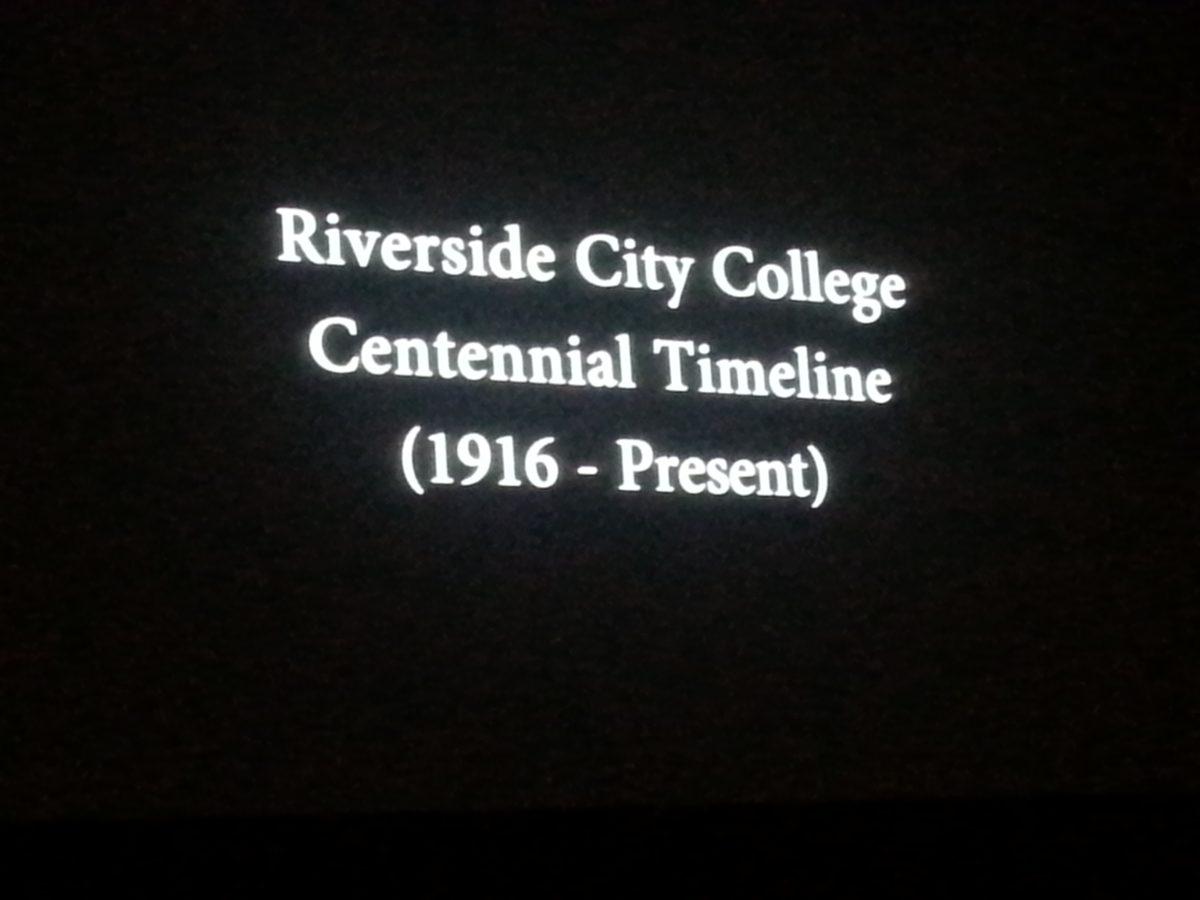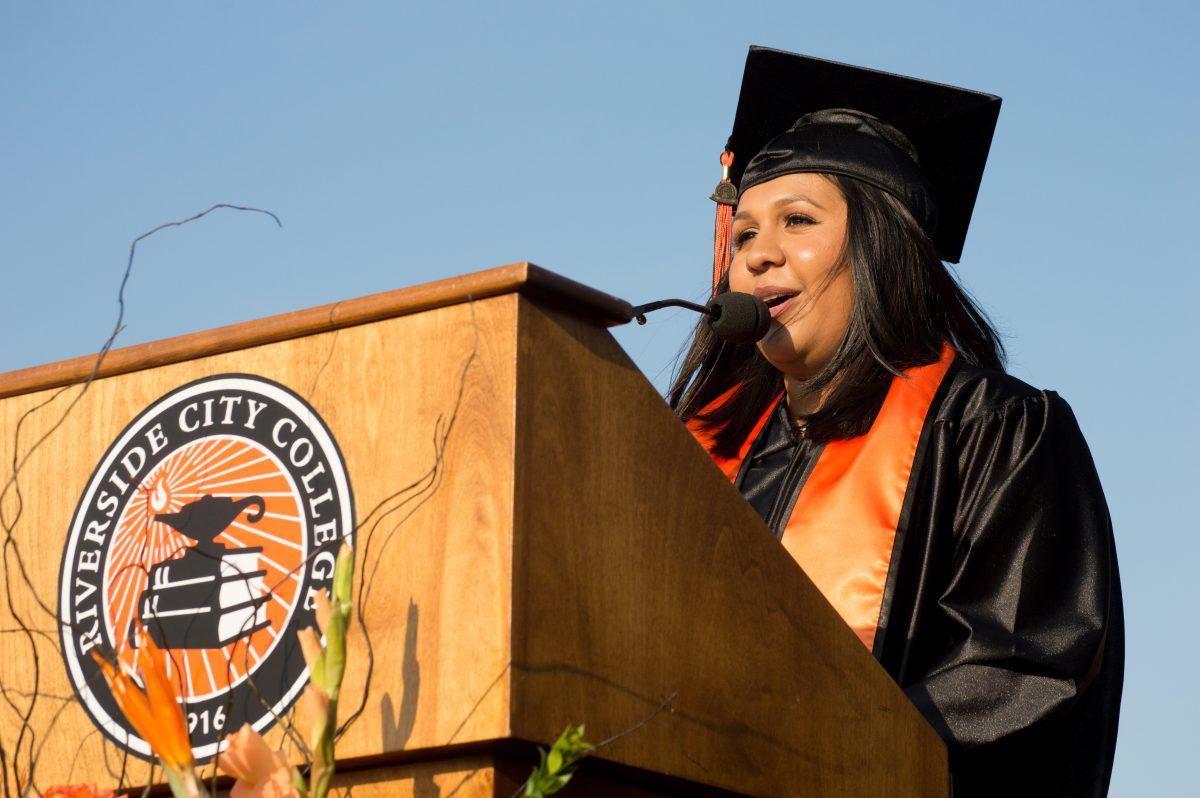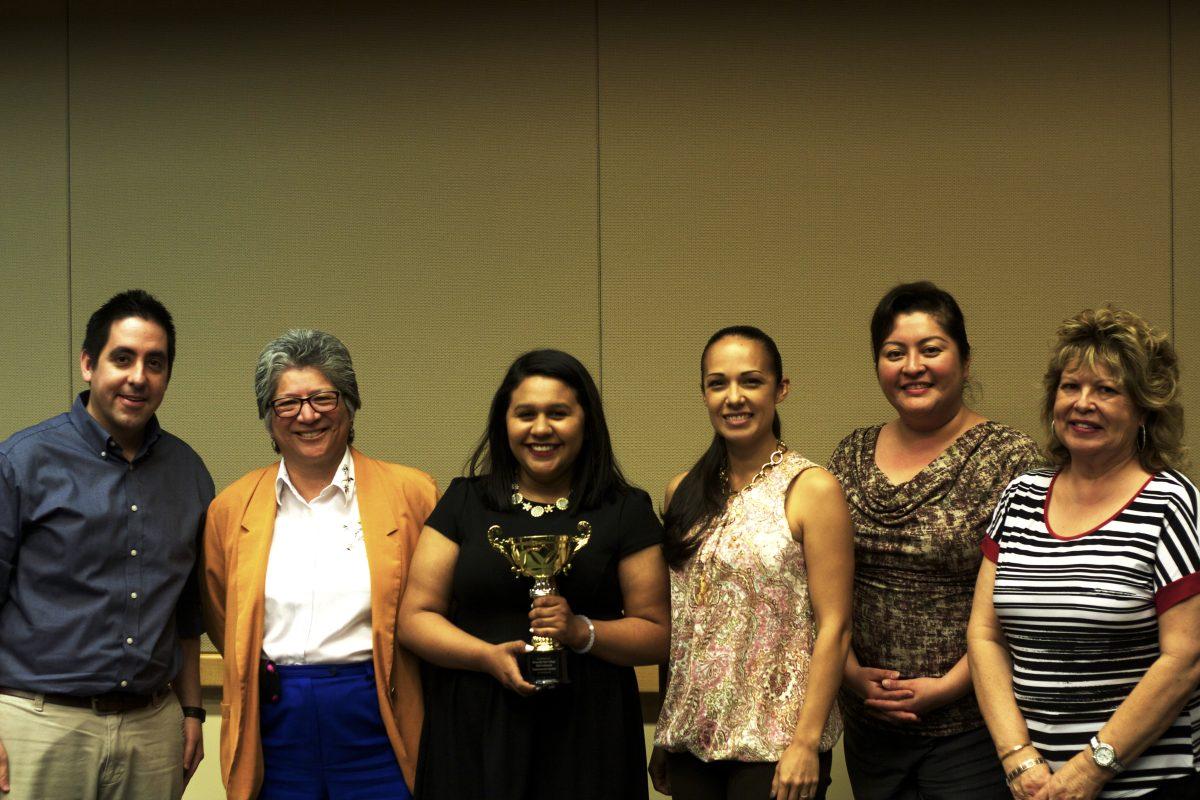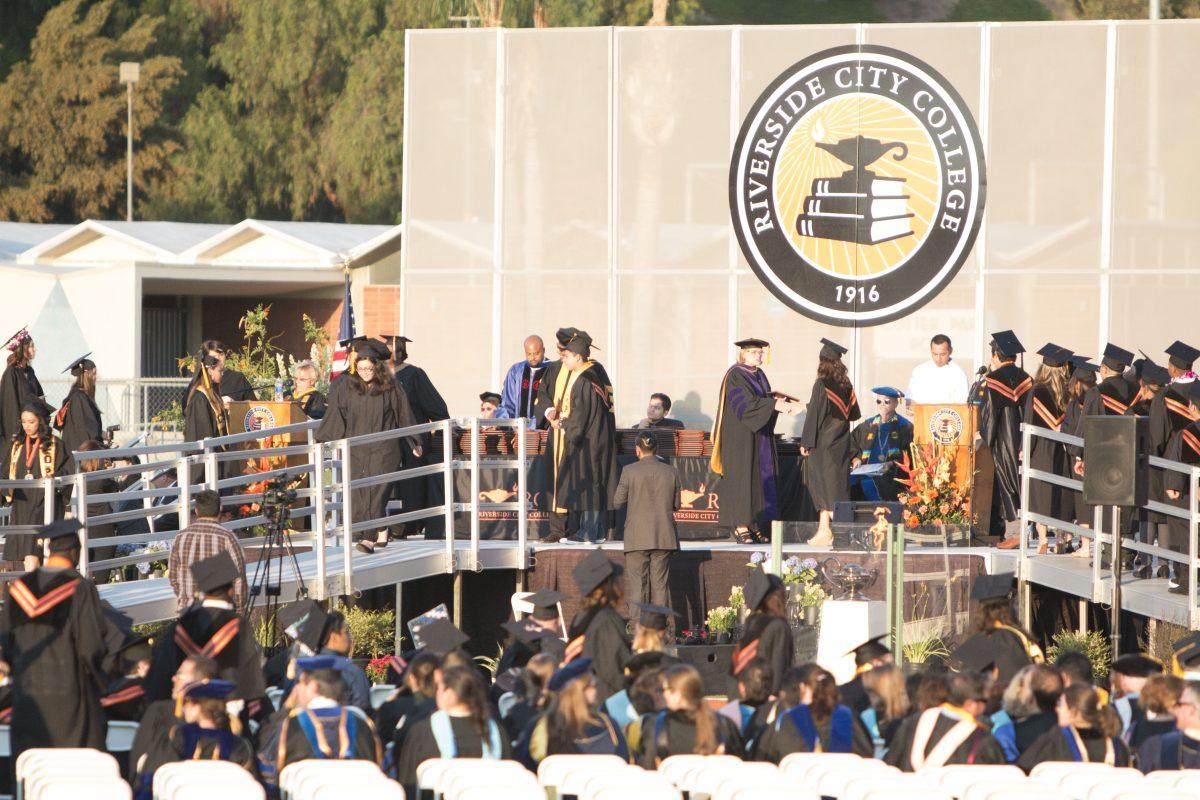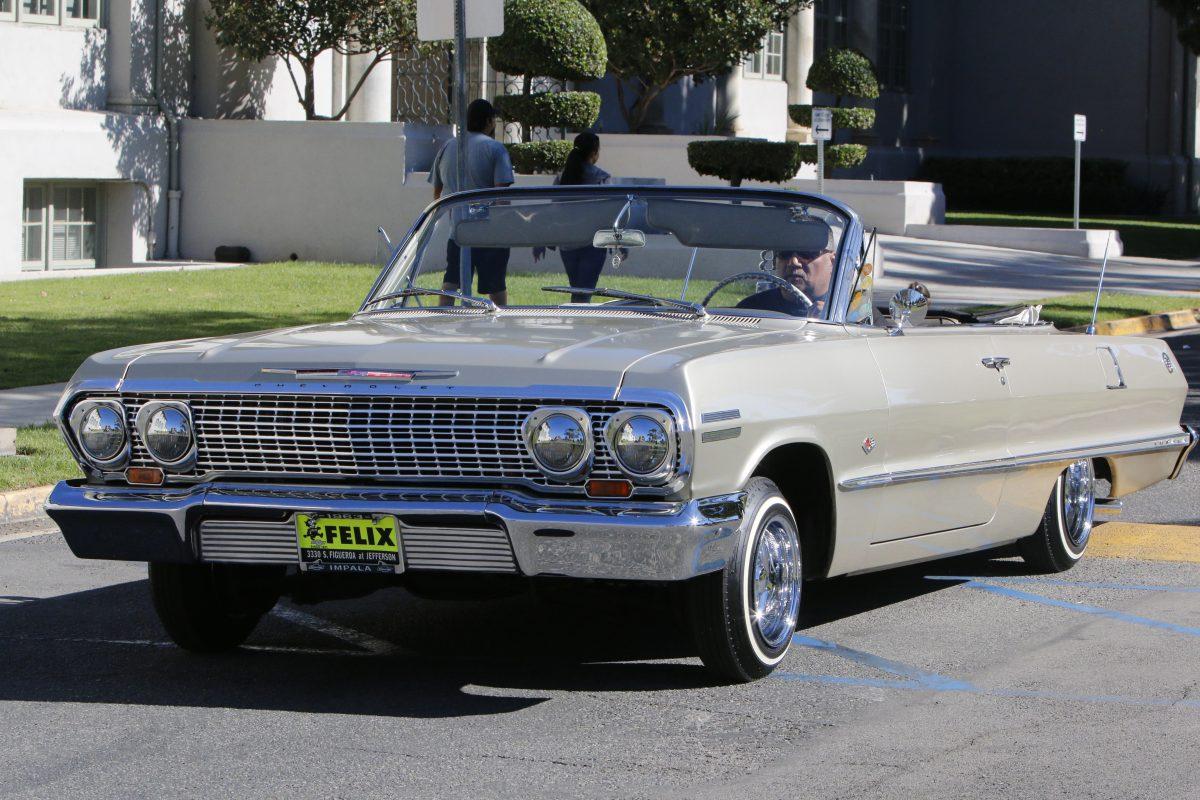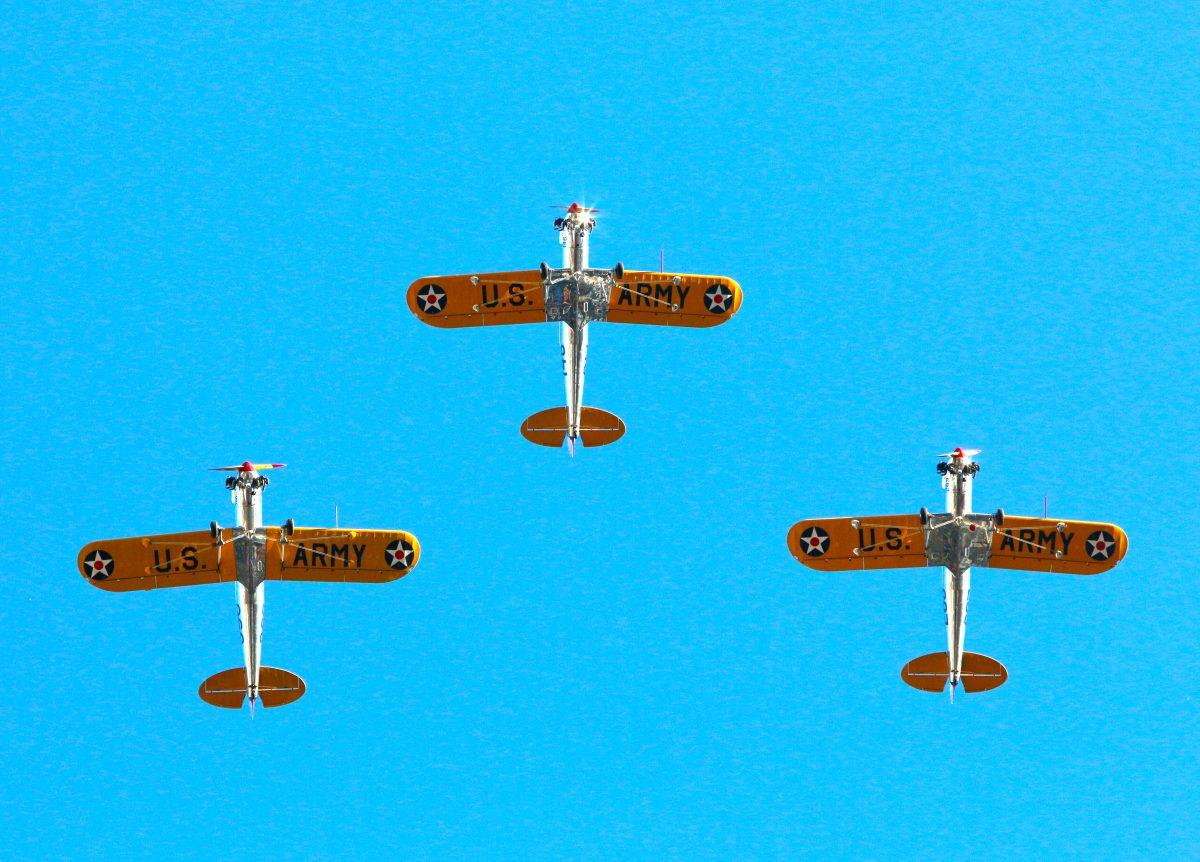Written by Alexis Naucler
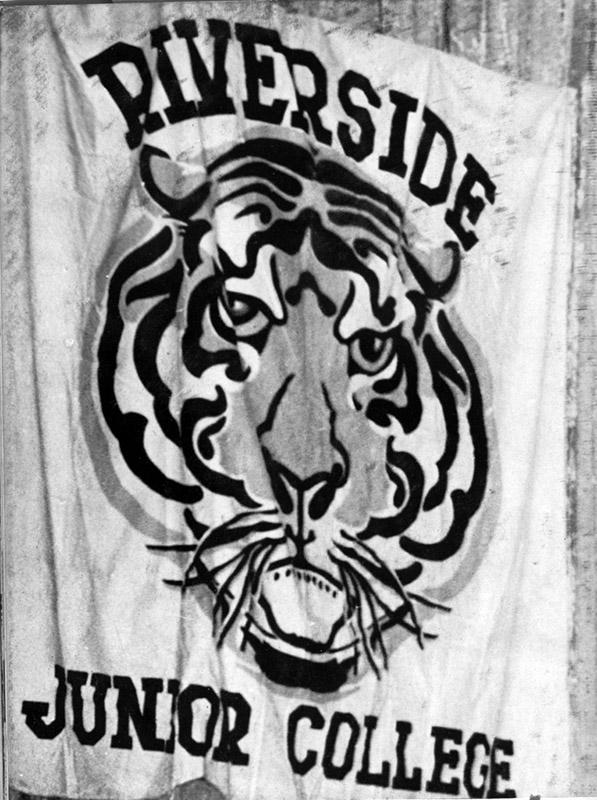
Riverside City College’s first president, who the different buildings were dedicated to, the first clubs and organizations of RCC and prominent people of the college’s history.
These were a few of the things viewers learned about the history of RCC, formerly known as Riverside Junior College, as they watched the Centennial Film on Nov. 7 during the campus 100 year celebration..
With help from multimedia graphic artist Tony Rizzo, Instructional Media Technician Armando Castro was in charge of putting together the film. For the past five years, Castro has been compiling photos from the Digital Library archives and fellow faculty members.
The film was in the form of a timeline, broken up into decades, starting from 1916 to the present and had a very simple, black and white theme to it.
Thanks to the Thompson Act of 1907, high school districts were able to offer postgraduate courses, which led to the establishment of a two-year junior college. With advancements in education in the community and the nation, citizens of Riverside felt it was time to have a junior college to prepare local students for professional careers.
In March 1916, the Riverside School Board voted to establish a junior college, the city of Riverside was only 46 years old at the time. Riverside Junior College has become the eighth junior college in California. Starting in September 1916 to 1981, classes for the junior college were held in 14 rooms of Riverside’s Polytechnic High School.
“The junior college is an extension of facilities for acquiring a higher education to those who have hitherto completed their course with the high school,” said superintendent Arthur N. Wheelock in his Oct. 12, 1916 speech entitled “What It is and What It Offers.” “It sends him up better fitted to go on.”
In the first semester of the college, there were 114 students, 14 faculty members and 22 classes. The first president was Hugh Law, who served as the Chief Administrative Officer from 1916 to 1919. Law also served as the principle of Poly High School.
Since its beginning, RCC was a place for students to express themselves and work with other students with the same interests. Clubs and organizations present at RCC during its early years included a debate team, yearbook staff, Student Government and Alpha Gamma Sigma.
In 1928, the Wheelock Gymnasium was built and dedicated to Arthur N. Wheelock. On April 28, 1985, Riverside Junior College’s Admissions and Counseling was dedicated to civil rights activist Cesar Chavez.
Following World War II, the return of Veterans increased the college’s enrollment from 184 students in 1944 to 1,097 students in 1946. During this increase, Riverside Junior College changed its name to Riverside City College on June 4, 1945.
Fast forward to the present, RCC’s current president is Wolde-Ab Isaac, there are over 12,000 students enrolled,19 sports teams and 71 clubs and organizations.
“RCC has been a such an incredible institution for all these years and has impacted so many lives and educated so many students,” Rizo said.
Information comes from the film and Riverside publication titled “A 65 Year History.”

